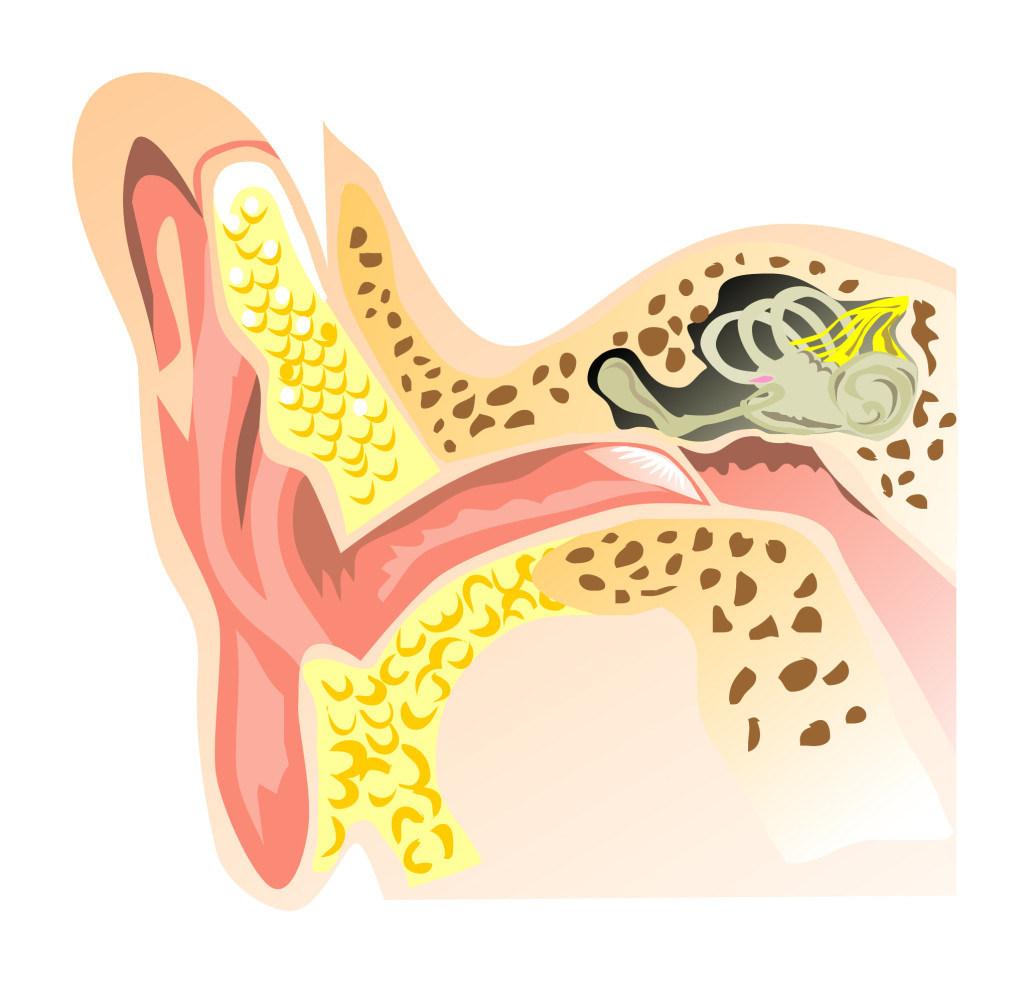 Hearing loss can affect anyone, young or old and at any point during a person’s life. It affects different people to varying degrees and for different reasons, and can be triggered by any number of environmental and biological factors. Because the loss typically develops gradually over time, you may not notice the loss of subtle everyday sounds such as a ticking clock, birds chirping outside or a rustling newspaper. Before you realize it, you begin missing sounds critical to effective communication.
Hearing loss can affect anyone, young or old and at any point during a person’s life. It affects different people to varying degrees and for different reasons, and can be triggered by any number of environmental and biological factors. Because the loss typically develops gradually over time, you may not notice the loss of subtle everyday sounds such as a ticking clock, birds chirping outside or a rustling newspaper. Before you realize it, you begin missing sounds critical to effective communication.
Living with an untreated loss leads to difficulties in conversations with loved ones, at social gatherings and work settings. Untreated, hearing loss makes it challenging to keep up with everyday life. Treatment can lead to a better quality of life by improving personal relationships, reducing anger and frustration and providing better control of one’s life.
If you or others close to you suspect you have a hearing loss, the first step is a comprehensive hearing evaluation performed by a licensed Audiologist. The “free tests” frequently offered at health fairs, small clinics, etc. are only screenings. They are not very accurate, are commonly done by less qualified individuals and are not extensive enough to fully assess your hearing status and causes for hearing difficulties.
Types of Hearing Loss
Hearing loss is generally categorized by location—that is, what part of the ear is damaged—as well as by severity and age of onset. There are three main types of loss: conductive, sensorineural and a combination of both, known as mixed hearing loss.
Conductive Hearing Loss (affecting the outer or middle ear)
Conductive hearing loss results from sound waves being conducted through the outer and/or middle ear inefficiently. Sound waves are blocked or muffled before they can reach the inner ear, which is still functioning properly. Conductive hearing loss can frequently be treated with medication or surgery. Conductive hearing loss in adults is much less common and much more common in children.
Sensorineural Hearing Loss (affecting the inner ear)
Sensorineural hearing loss results from damage to the inner ear (cochlea) or the nerve pathways that transmit sound information to the brain. The normal aging process and exposure to loud noise can lead to sensorineural loss. Generally, sensorineural loss cannot be reversed and is not treatable with surgery or medication – but it can be significantly improved through the use of hearing aids.
Noise-induced hearing loss is generally considered a form of or a sub-category of sensorineural loss. This is one of the most common types of loss, but fortunately, it is also the most preventable through proper hearing protection. Onset is usually gradual, painless and frequently undetectable until significant hearing loss has occurred.
Mixed Hearing Loss
Mixed hearing loss is the combination of conductive and sensorineural hearing loss, which can involve damage in the outer, middle and inner ear simultaneously.
If you or someone close to you experiences difficulties hearing, call us, 888-826-0950 to schedule a hearing evaluation.
